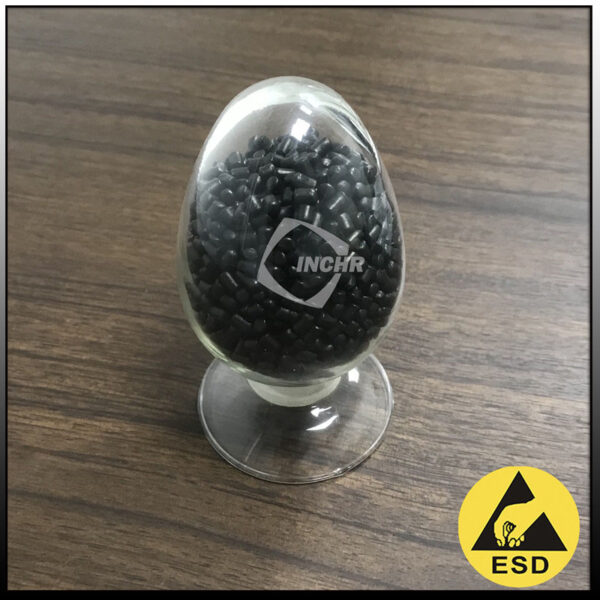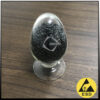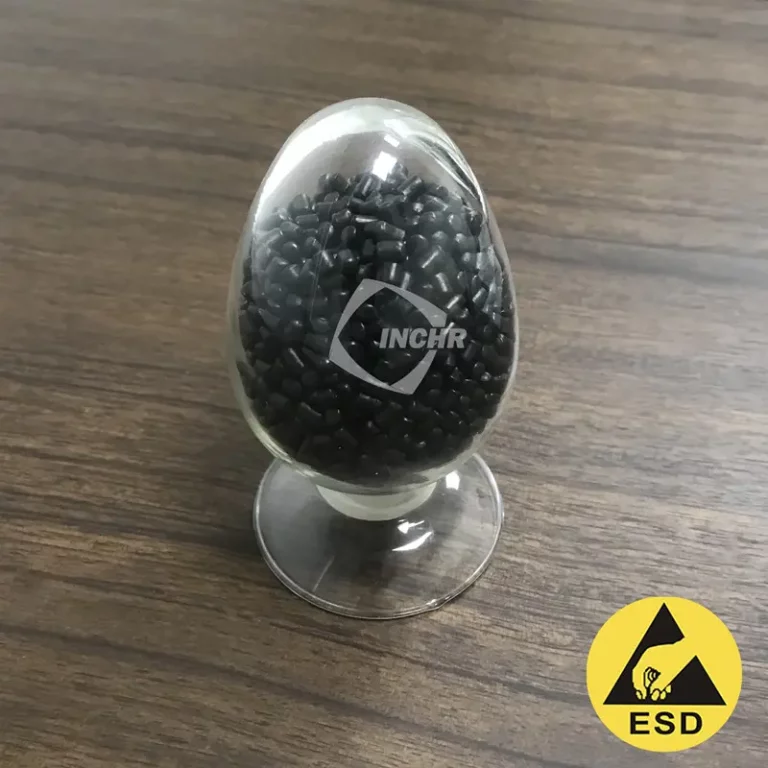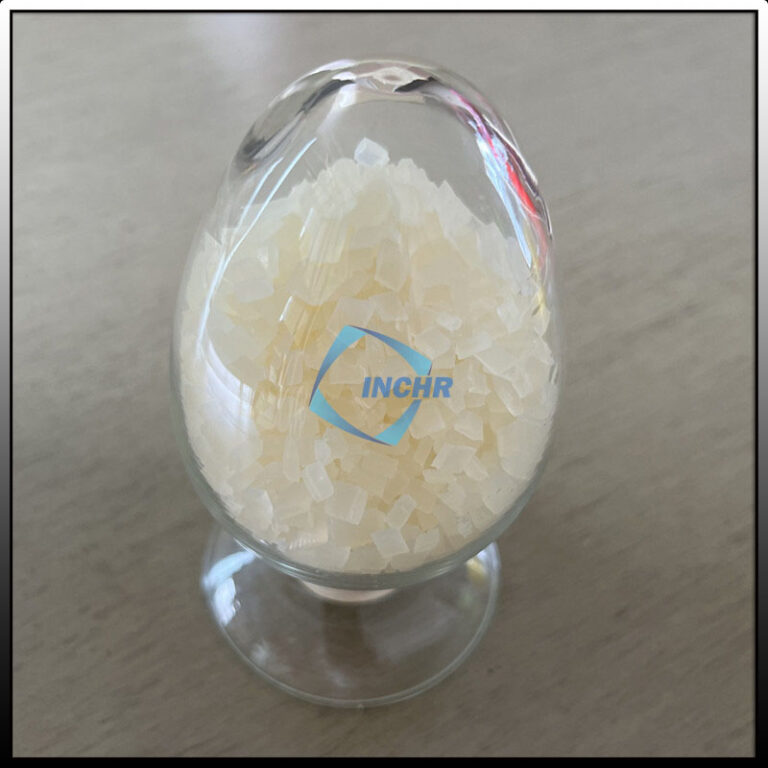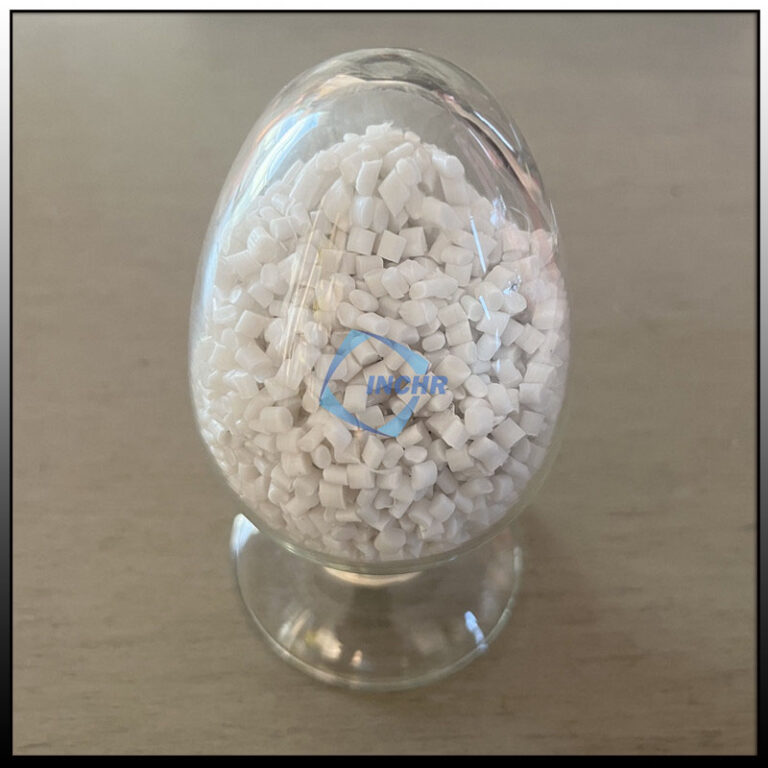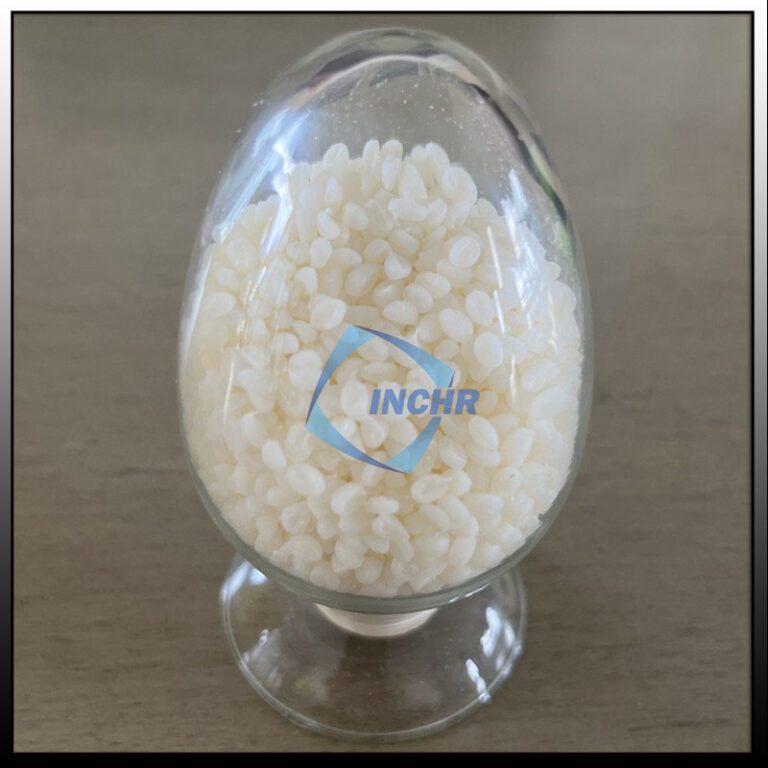 Properties Of Conductive PS Compound
Properties Of Conductive PS Compound
- Conductive PS (polystyrene) is a conductive compound with anti-static and electromagnetic interference (EMI) functions. Polystyrene is a kind of milky white semi-crystalline polymer that is non-toxic, odorless, and very stable in water, It is classified as an environmentally friendly material. The density of Polystyrene is 0.89-0.91, which means it’s one of the lightest plastic varieties. Good mechanical properties, except for impact resistance, other mechanical properties are better than polyethylene.
- Conductive PS compounds have excellent conductivity. According to different application requirements, materials with different conductive properties can be obtained by adjusting the type and amount of conductive filler. Its surface resistivity and volume resistivity can meet a variety of occasions that require conductive properties. The surface resistivity ranges from 10E4 to 10E9 Ohms/sq.
- Conductive PS compounds have good chemical resistance and good resistance to most chemicals. They can resist the erosion of some acids, alkalis, salts, and other chemicals, and maintain the stability of the material performance. In chemical, electronics, and other industries, they can be used in some environments that need to be exposed to chemical substances and are especially suitable for semiconductor packaging materials.
- Conductive PS compounds have good molding processability and can be made into terminal products of various shapes, such as PS sheets, PS plates, PS pipes, injection molded parts, etc., through different processing methods such as injection molding, extrusion, and blow molding.
Disadvantages Of conductive PS Compound
- The glass transition temperature and melting point of conductive PS are relatively low, so its thermal stability is poor, generally around 70℃-100℃. When the temperature approaches or exceeds its glass transition temperature, the performance will change significantly, such as reduced hardness and poor dimensional stability; when the temperature continues to rise and reaches the melting point, the material will begin to melt. Therefore, conductive PS will be limited in high-temperature environments or application scenarios with high heat resistance requirements. For example, in some high-temperature electronic equipment, automotive engine peripheral parts, and other fields, conductive PS may not be applicable.
- The thermal expansion coefficient of conductive PS is relatively large, which means that the size of the material will change greatly when the temperature changes. In some applications with high dimensional accuracy requirements, such as the packaging of precision electronic components, optical instruments, etc., the thermal expansion characteristics of conductive PS may affect the performance and reliability of the product.
Applications Of PS Conductive Compound
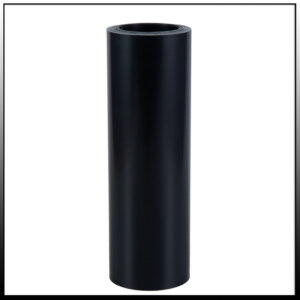
- The conductive PS not only gains ground rapidly in anti-static additives, computer anti-electromagnetic screens, intelligent windows, and other aspects, but also has broad application prospects in solar cells, mobile phones, micro TV screens, and even life science research. Moreover, conductive masterbatch will drive the rapid development of molecular electrons. In the future, humans can not only greatly improve the computing speed of computers, but also reduce the size of computers.
- In electrical engineering, conductive PS is widely used in groove insulation and interphase insulation of small and medium-sized motors, as well as packaging insulation of capacitors, transformers, wires and cables, or gasket insulation. Because the conductive PS is thin and has good electrical performance, the insulation thickness can be reduced, which is important to reduce the weight and volume of the motor and electrical appliances. Conductive PS is recommended for applications in which conductivity and good impact performances are required.
- Used for electromagnetic shielding of electronic products or equipment. With the increasing popularity of electronic equipment, electromagnetic radiation and interference problems are becoming more and more serious. Conductive PS can be used to make the shell, shielding cover, and other parts of electronic products to electromagnetically shield the internal electronic components and protect them from the influence of external electromagnetic interference. At the same time, it can also reduce the electromagnetic radiation of electronic equipment to the outside world. In laboratories and medical equipment, some precision instruments have very high requirements for the electromagnetic environment. Conductive PS materials can provide a good electromagnetic shielding environment for these precision instruments to ensure their normal operation and measurement accuracy.

